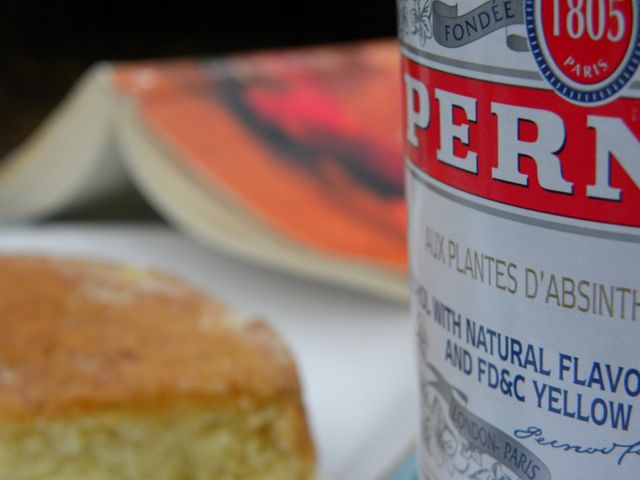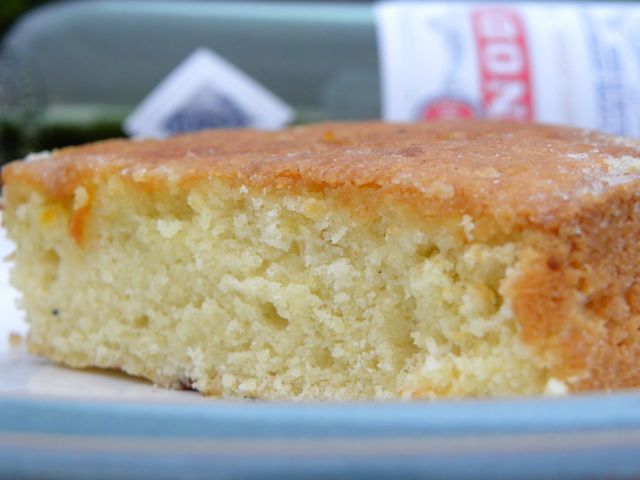
 Earnest Hemingway didn’t like to talk about writing. Fearing that talking about it would remove the magic, he chose to let the ideas and stories percolate in his subconscious after a day’s work.
Earnest Hemingway didn’t like to talk about writing. Fearing that talking about it would remove the magic, he chose to let the ideas and stories percolate in his subconscious after a day’s work.
However, what worked for Hemingway doesn’t work for everybody. Personally, sharing the writing process and experience with Sarah creates inspiration in itself. Whether we’re camped out with our laptops and working on our novels or just checking in on each other’s process and ideas while enjoying a glass of wine or a pastry, that community we share helps unblock a stalled story and creates accountability. And sometimes it’s just good to leave the writing behind for a while and share an experience. Like baking a cake.
Our husbands joke that we were separated at birth. In addition to the childhood subscriptions to Cat Fancy magazine and an uncharacterisic propensity toward loud, angst-filled music, we’re both passionate about two things: writing and good food. And we often find the two connecting in some way.
For example, cooking and baking are methodological. A recipe spells out the ingredients and steps, and when the instructions are followed, the result is a cake, loaf of bread, entree, or hors d’oeuvres ready to be enjoyed. Likewise, when ideas and writing tools are combined, the writer produces a poem, short story, article, or novel that may someday engage and delight readers.
We all have our own processes, whether we keep our lips closed on our book like Hemingway or work with a critique group to get feedback. Hemingway probably wouldn’t agree with my way of doing things, but given his time in Paris during the 1920s, I wouldn’t be surprised if he approved of this cake.
Absinthe Cake
Adapted from David Lebovitz’s The Sweet Life in Paris
3/4 teaspoon anise seeds
1 1/4 cups all-purpose flour
1/2 cup almond flour
2 teaspoons baking powder
1/4 teaspoon salt
8 Tablespoons unsalted butter (bring to room temperature)
1 cup sugar
2 large eggs (bring to room temperature)
1/4 cup whole milk
1/4 cup absinthe
Grated orange zest
For the glaze:
3 Tablespoons sugar
1/4 cup absinthe
Preheat the oven to 350 degrees. Prep a 9-inch springform pan by buttering it and then lining the bottom with a round of parchment paper.
Crush the anise seeds with a mortar and pestle, then combine with all the other dry ingredients and sift into a small bowl.
In another bowl, combine the milk, absinthe, and 1-2 teaspoons of orange zest; reserve the rest of the orange for another use.
Beat the butter and sugar, preferably in a stand mixer, until light and fluffy, then add eggs, one at a time, letting the first one become incorporated before mixing in the second.
Stop the mixer at this time and add half of the flour mixture. Stir briefly, then add the milk and absinthe.
Taking care to not overmix, add the rest of the flour mixture and stir by hand just until incorporated.
Pour the batter into the pan and gently smooth the top. Bake for about 35 minutes, using the toothpick test to determine when it’s done. Let it cool somewhat before removing it from the pan, and let cool completely before beginning the glaze.
When you’re ready to glaze the cake, liberally poke holes in the cake with a toothpick to help the glaze soak in. Stir the sugar and absinthe together in a smooth bowl, taking care so the sugar doesn’t dissolve. Brush the glaze over the top and sides of the cake, continuing until you use all the glaze.
Enjoy!




